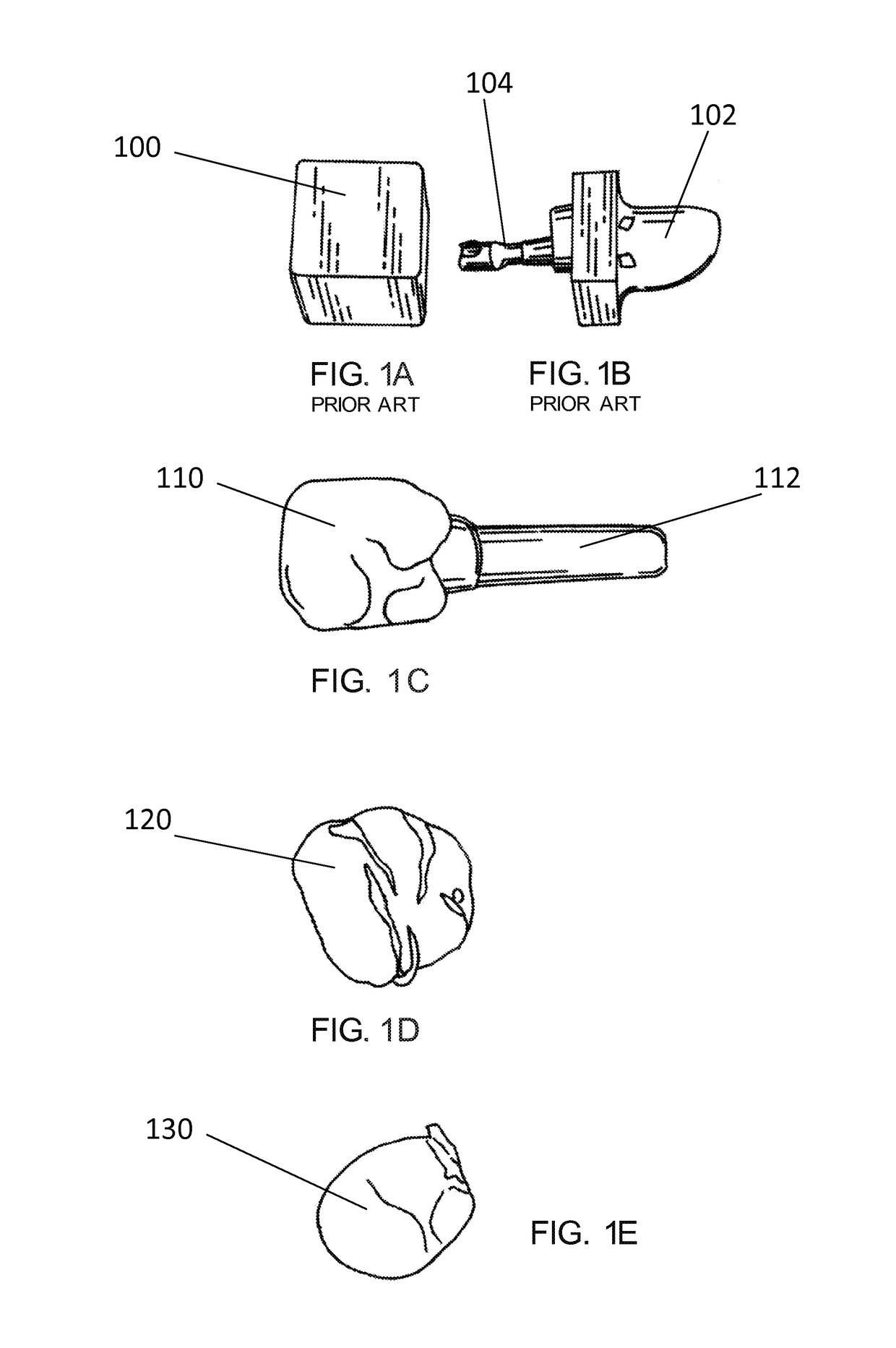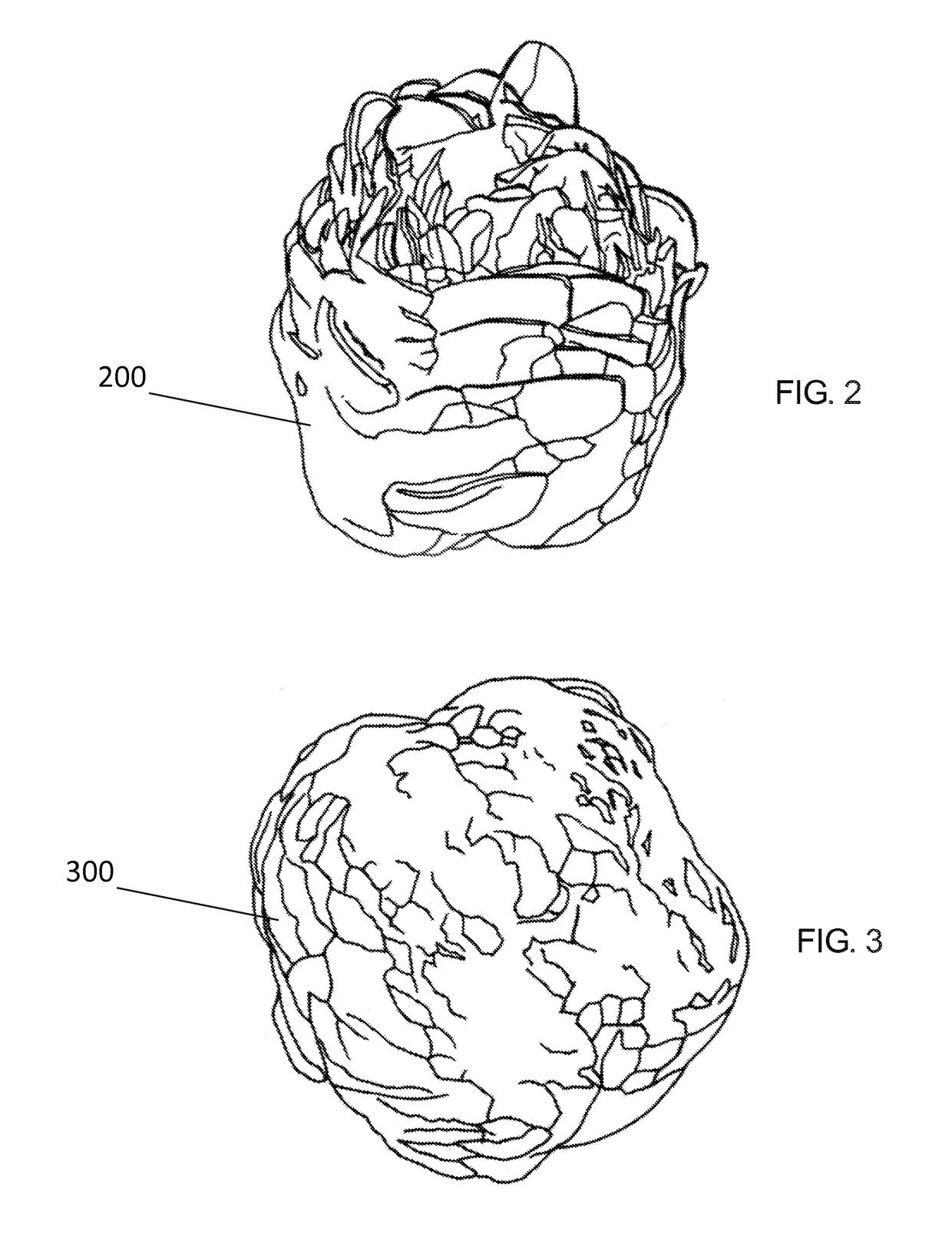Method and apparatus for preparing a ceramic dental restoration in one appointment
a ceramic dental restoration and one-time technology, applied in the field of restoration dentistry, can solve the problems of expensive, time-consuming, and time-consuming to complete, and achieve the effect of reducing the cost of dental restorations
- Summary
- Abstract
- Description
- Claims
- Application Information
AI Technical Summary
Benefits of technology
Problems solved by technology
Method used
Image
Examples
Embodiment Construction
[0020]The methods and apparatus described herein are suitable for use with ceramic materials used in dental restorations. As used herein, unless the context dictates otherwise, the term “ceramic materials” shall refer to conventional ceramic materials (e.g., zirconia (zirconium dioxide) and others) as well as glass-ceramic materials (e.g., lithium silicate, lithium disilicate, alumino-silicate, rare earth metal oxide silicates, other metal oxide silicates, and others) used in the dental restoration art. Examples of zirconia ceramic materials are described, for example, in U.S. Pat. No. 8,298,329; U.S. Patent Application Publication No. 2009 / 0115084; and U.S. patent application Ser. No. 13 / 659,209, filed Oct. 24, 2012. Examples of lithium silicate glass-ceramic materials are described, for example, in U.S. Pat. No. 7,892,995; U.S. Patent Application Publication No. 2012 / 0094822; and U.S. patent application Ser. No. 13 / 685,450, filed Nov. 26, 2012. Examples of lithium disilicate glass...
PUM
| Property | Measurement | Unit |
|---|---|---|
| time | aaaaa | aaaaa |
| surface area | aaaaa | aaaaa |
| surface areas | aaaaa | aaaaa |
Abstract
Description
Claims
Application Information
 Login to View More
Login to View More - Generate Ideas
- Intellectual Property
- Life Sciences
- Materials
- Tech Scout
- Unparalleled Data Quality
- Higher Quality Content
- 60% Fewer Hallucinations
Browse by: Latest US Patents, China's latest patents, Technical Efficacy Thesaurus, Application Domain, Technology Topic, Popular Technical Reports.
© 2025 PatSnap. All rights reserved.Legal|Privacy policy|Modern Slavery Act Transparency Statement|Sitemap|About US| Contact US: help@patsnap.com



